Mastodon Metatarsal bone, ice age
The mastodon, a prehistoric mammal often confused with the mammoth, was a distinct and fascinating creature that roamed North and Central America during the late Miocene to the end of the Pleistocene epoch, around 10,000 years ago. Scientifically known as Mammut americanum, mastodons were part of the Mammutidae family, which diverged from the Elephantidae family, to which mammoths and modern elephants belong, approximately 25 million years ago.
Mastodons were sizable animals, though generally smaller than mammoths. They stood about 8 to 10 feet tall at the shoulder and weighed between 4 to 6 tons. Their overall appearance was somewhat similar to modern elephants, but several key differences set them apart. Mastodons had shorter, stockier bodies, and their heads were flatter with a less pronounced dome compared to mammoths. Their tusks were long and curved, extending forward and upward from the skull, sometimes reaching lengths of up to 8 feet. Unlike mammoths, mastodons also had a pair of smaller, secondary tusks in their lower jaw, although these were not always present.

One of the most distinguishing features of the mastodon was its teeth. The name “mastodon” is derived from the Greek words “mastos” (breast) and “odon” (tooth), referring to the distinctive nipple-shaped cusps on their molars. These teeth were well-suited for their diet, which primarily consisted of leaves, twigs, bark, and other vegetation found in forests and woodlands. This diet differed from the grazing habits of mammoths, which primarily fed on grasses. The structure of mastodon teeth allowed them to crush and chew tough plant material, supporting their browsing lifestyle.
Mastodons inhabited a range of environments across North and Central America, from open woodlands to dense forests. Their range extended from present-day Alaska and Canada down to central Mexico. The changing climate and habitats over their long existence meant they adapted to various conditions, from glacial periods with expansive ice sheets to warmer interglacial phases. They were well-adapted to cooler, forested environments, often found near water sources such as rivers and lakes, where vegetation was abundant.
Socially, mastodons likely lived in small family groups, similar to modern elephants. These groups were typically composed of females and their offspring, led by a matriarch. Males were more solitary, particularly after reaching maturity. Fossil evidence, such as trackways and bone beds, supports the notion of these social structures and provides insights into their behavior and interactions. Mastodon herds would have relied on their social bonds for protection, care of young, and cooperative foraging.
family groups, similar to modern elephants. These groups were typically composed of females and their offspring, led by a matriarch. Males were more solitary, particularly after reaching maturity. Fossil evidence, such as trackways and bone beds, supports the notion of these social structures and provides insights into their behavior and interactions. Mastodon herds would have relied on their social bonds for protection, care of young, and cooperative foraging.
The interaction between mastodons and early humans was significant and multifaceted. Mastodons were hunted by Paleo-Indians, who arrived in the Americas at least 15,000 years ago. Archaeological sites containing mastodon remains often show evidence of human activity, such as stone tools and butcher marks on bones. These early humans utilized mastodons not only for meat but also for their bones and tusks, which were fashioned into tools, weapons, and even structures. This interaction is a testament to the adaptability and resourcefulness of early human societies.
The extinction of mastodons around 10,000 years ago coincides with a period of significant climatic change at the end of the Pleistocene epoch. As the ice sheets retreated and temperatures rose, the forests and woodlands that mastodons relied on began to change dramatically. These environmental shifts likely reduced the availability of their preferred food sources, putting stress on their populations. Additionally, the arrival and spread of human hunters would have compounded these stresses, leading to increased hunting pressure. The combination of climate change, habitat alteration, and human predation is believed to have driven the mastodon to extinction.
The fossil record of mastodons is rich and widespread, providing extensive information about their anatomy, behavior, and environment. Mastodon remains have been found in numerous sites across North America, often in association with other Ice Age megafauna such as mammoths, saber-toothed cats, and giant ground sloths. These fossils offer a window into the Pleistocene ecosystems and the diverse array of life that once existed.
Advancements in science and technology have allowed researchers to extract and analyze ancient DNA from mastodon remains, providing deeper insights into their evolutionary history and genetic diversity. This genetic information has helped clarify the relationships between different mastodon populations and their interactions with other proboscideans. It has also revealed patterns of migration and adaptation in response to climatic changes over millions of years.
In popular culture, mastodons have often been overshadowed by their more famous relatives, the mammoths. However, they hold a significant place in the narrative of prehistoric life in North America. They appear in various forms of media, from documentaries and books to museums and educational exhibits. Their portrayal often highlights their role in the rich tapestry of Ice Age megafauna and their interactions with early human populations.
The study of mastodons continues to be a dynamic and evolving field, with new discoveries frequently shedding light on different aspects of their biology and ecology. Each fossil find contributes to a more comprehensive understanding of these remarkable creatures and their place in Earth’s history. Mastodons, like many extinct species, serve as a reminder of the complexities of evolution, adaptation, and extinction, underscoring the delicate balance of ecosystems and the profound impact of environmental changes and human activity.
Prehistoric 101 (Learn about fossils, minerals, and meteorites)
What is a Woolly Mammoth?
What is a Mastodon?
Prehistoric Elephants

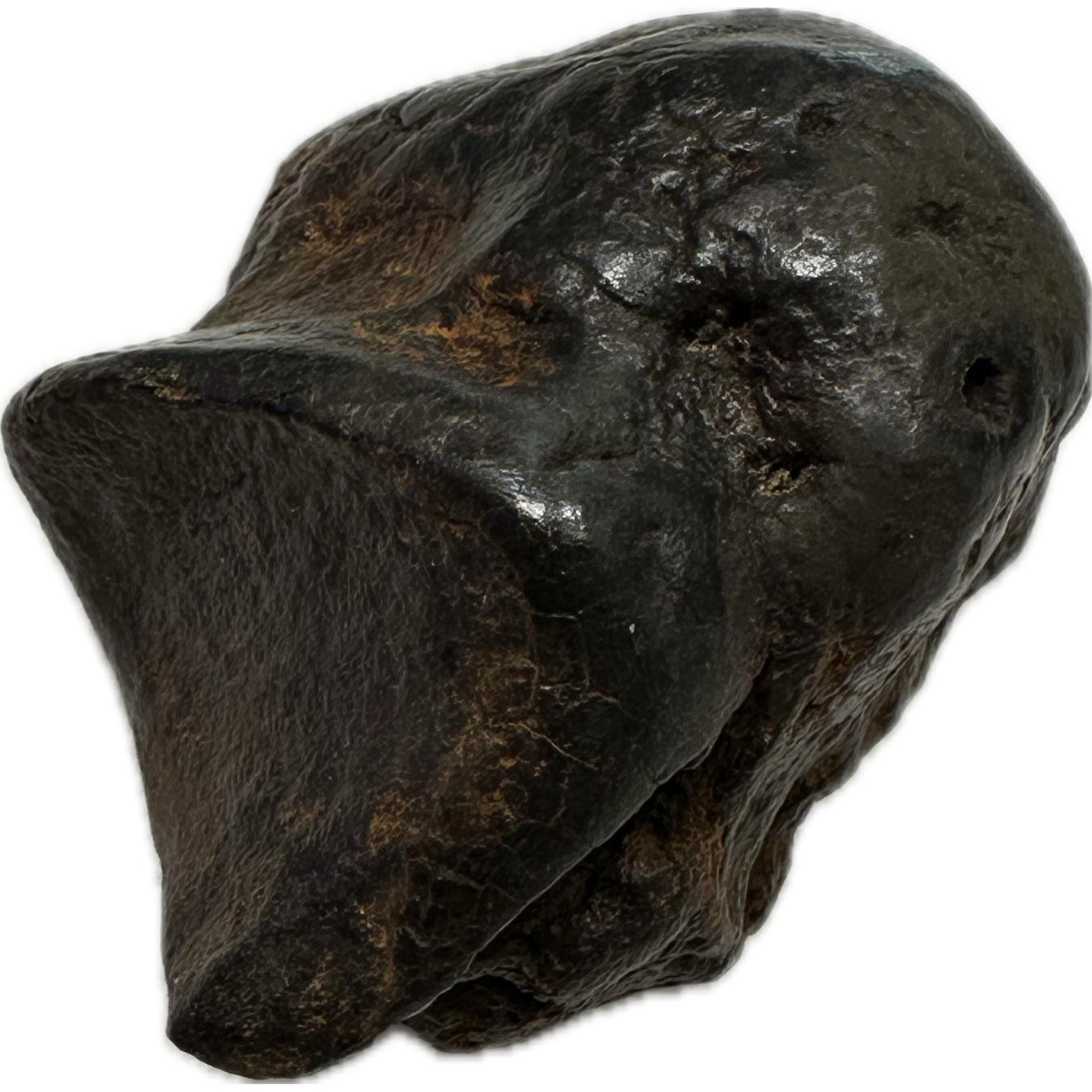
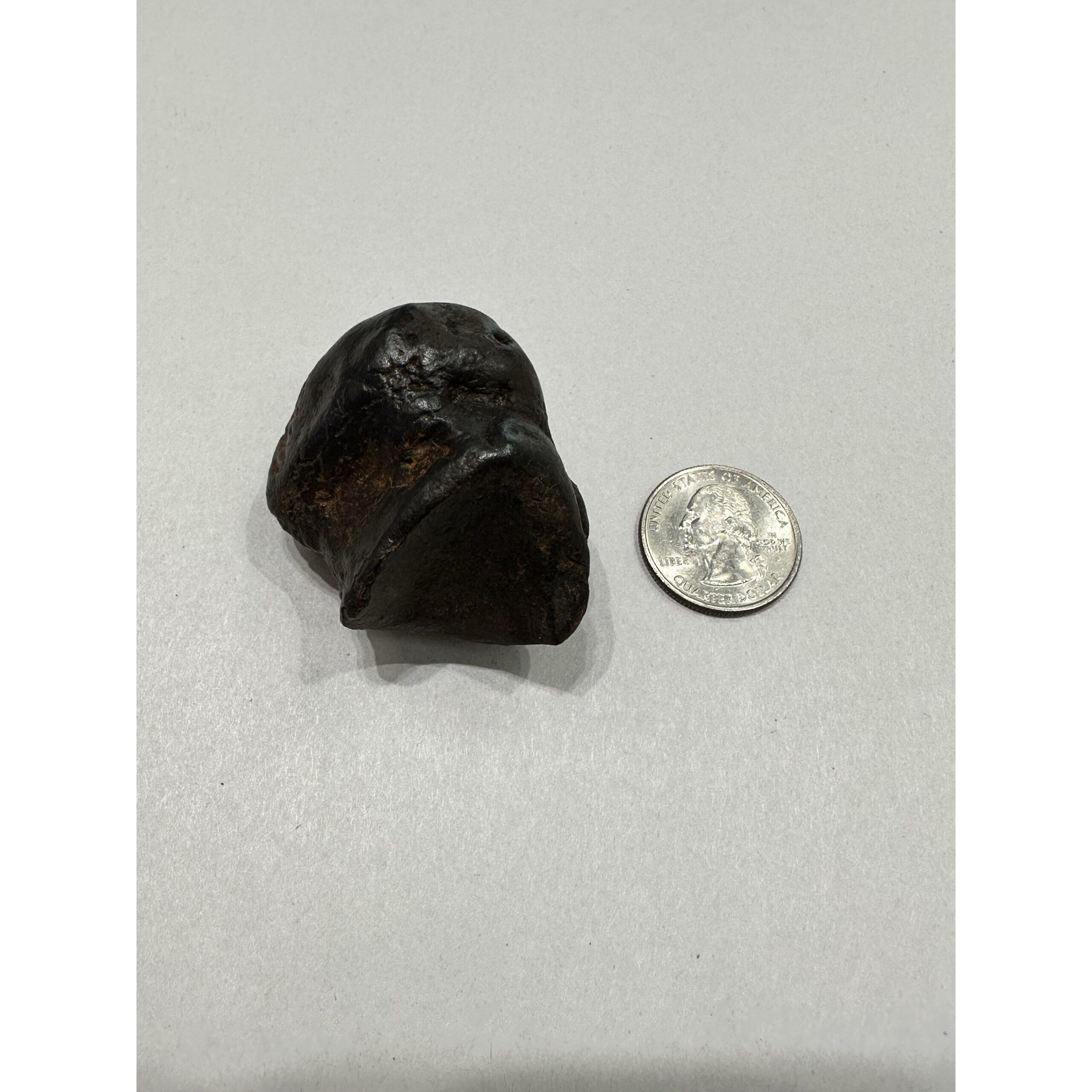
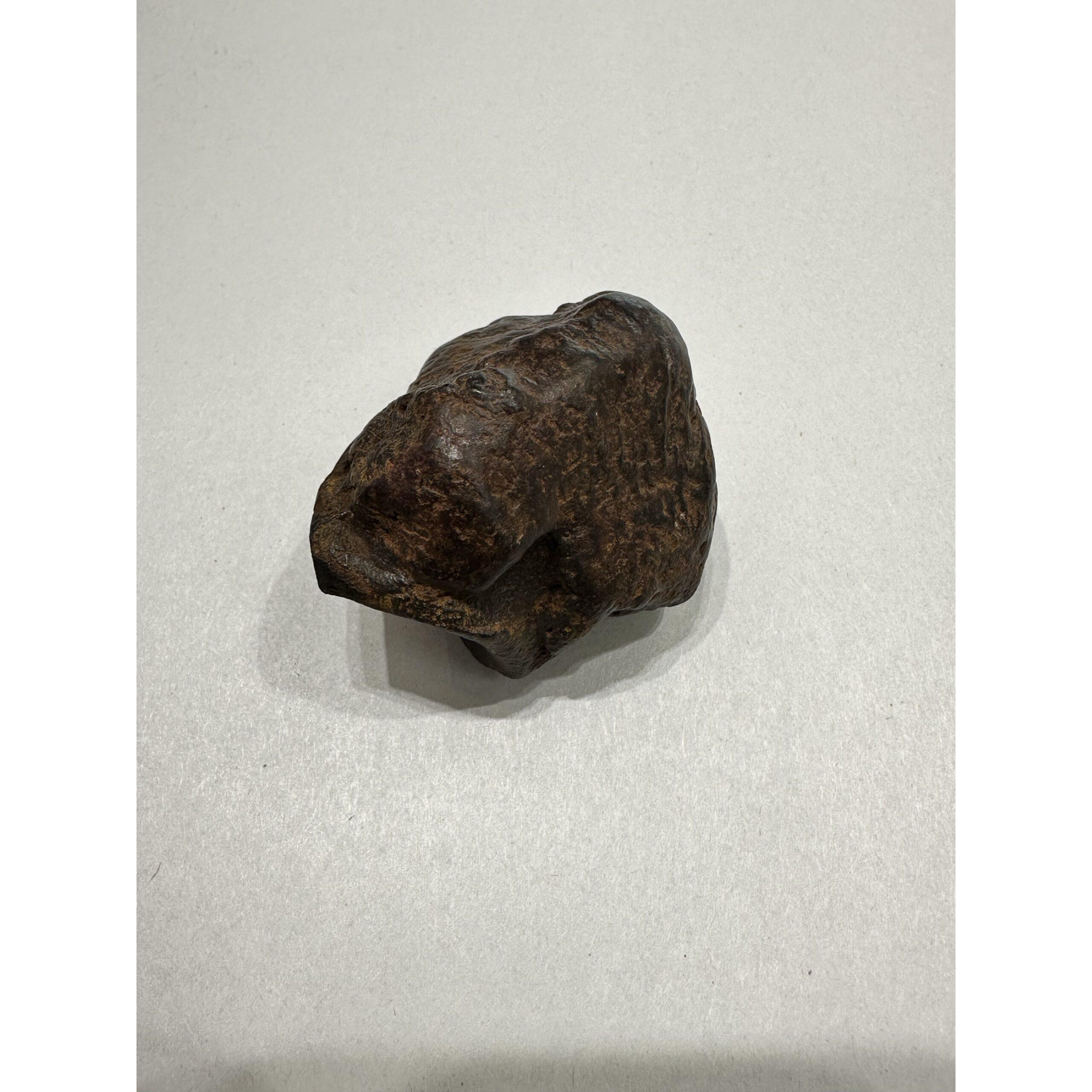
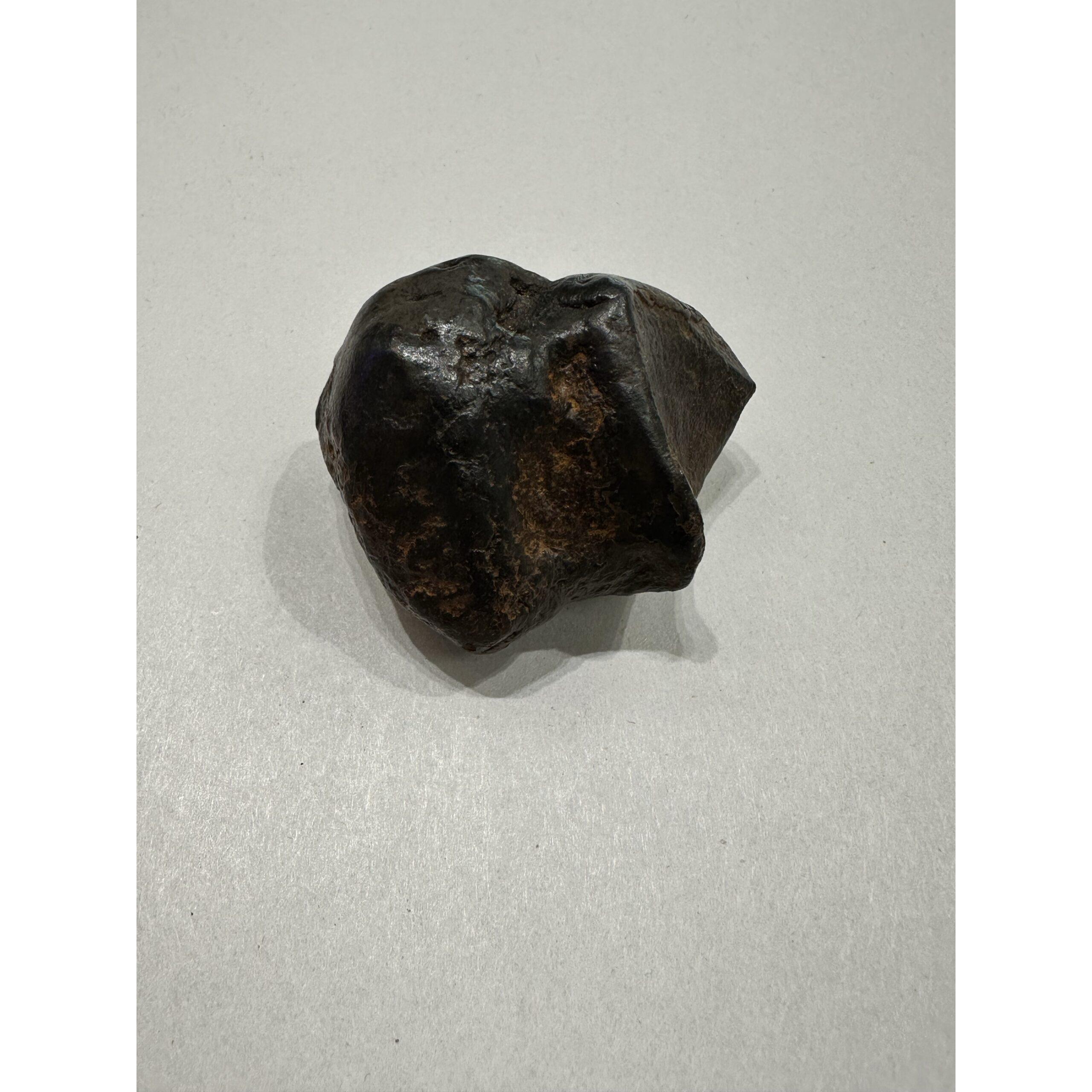
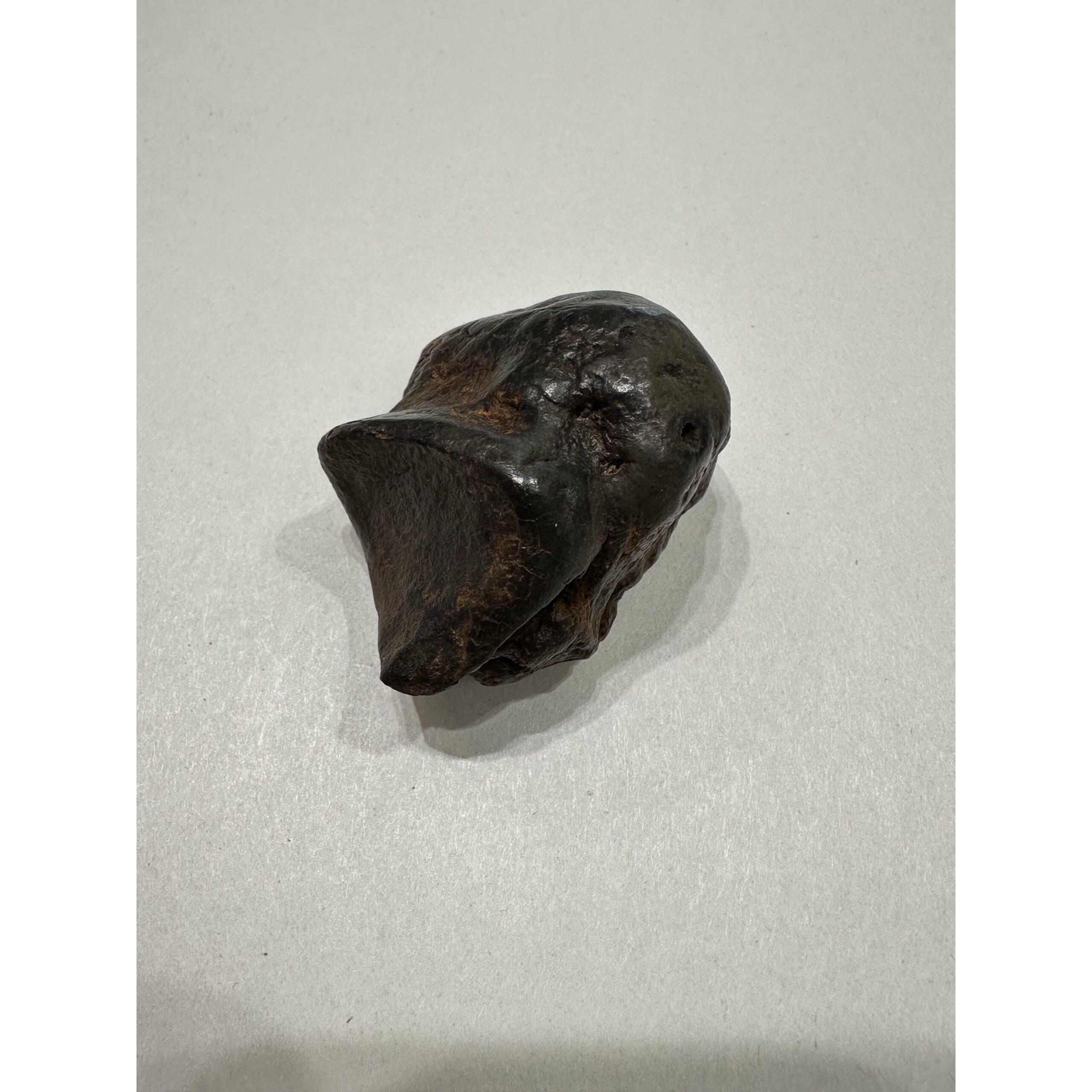
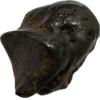







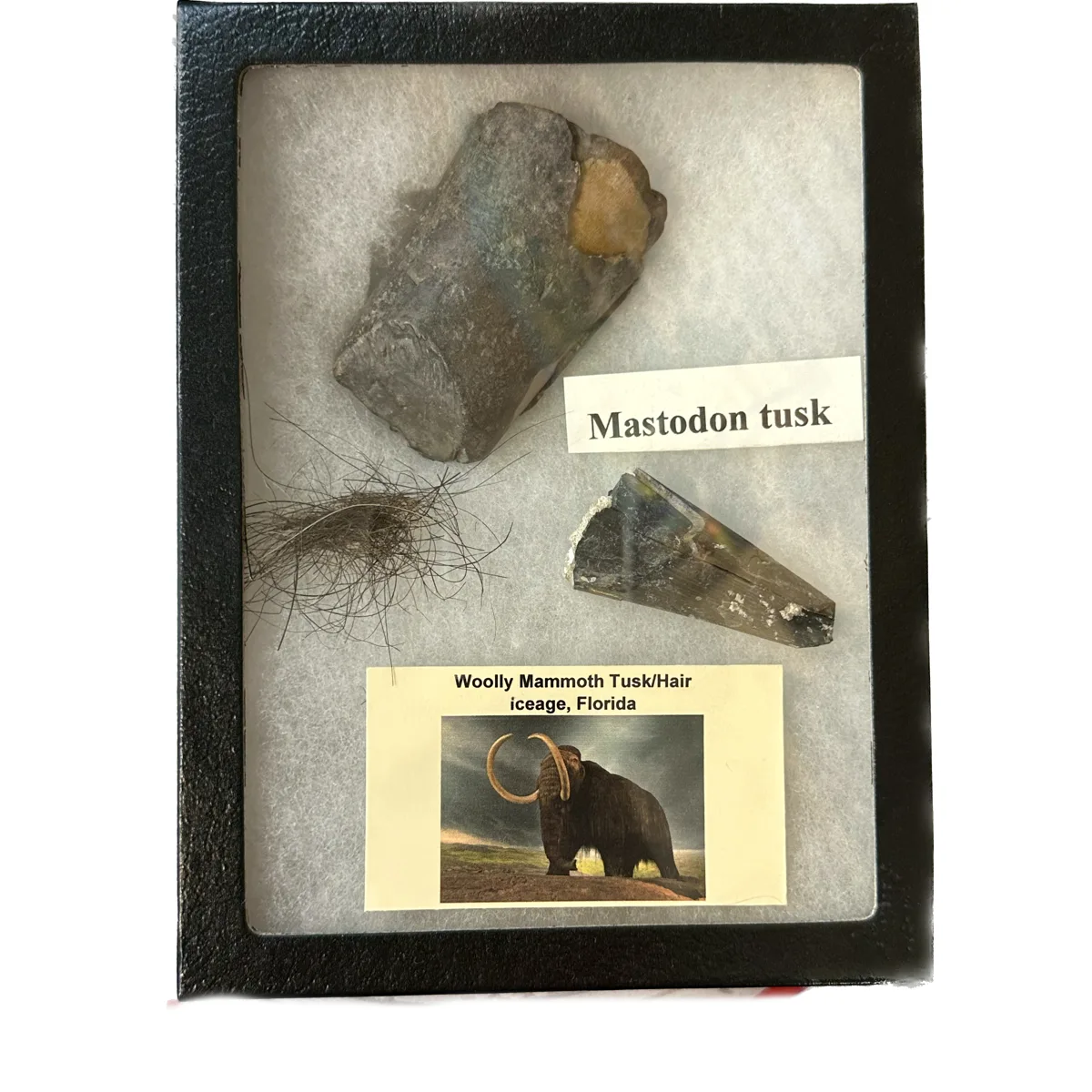
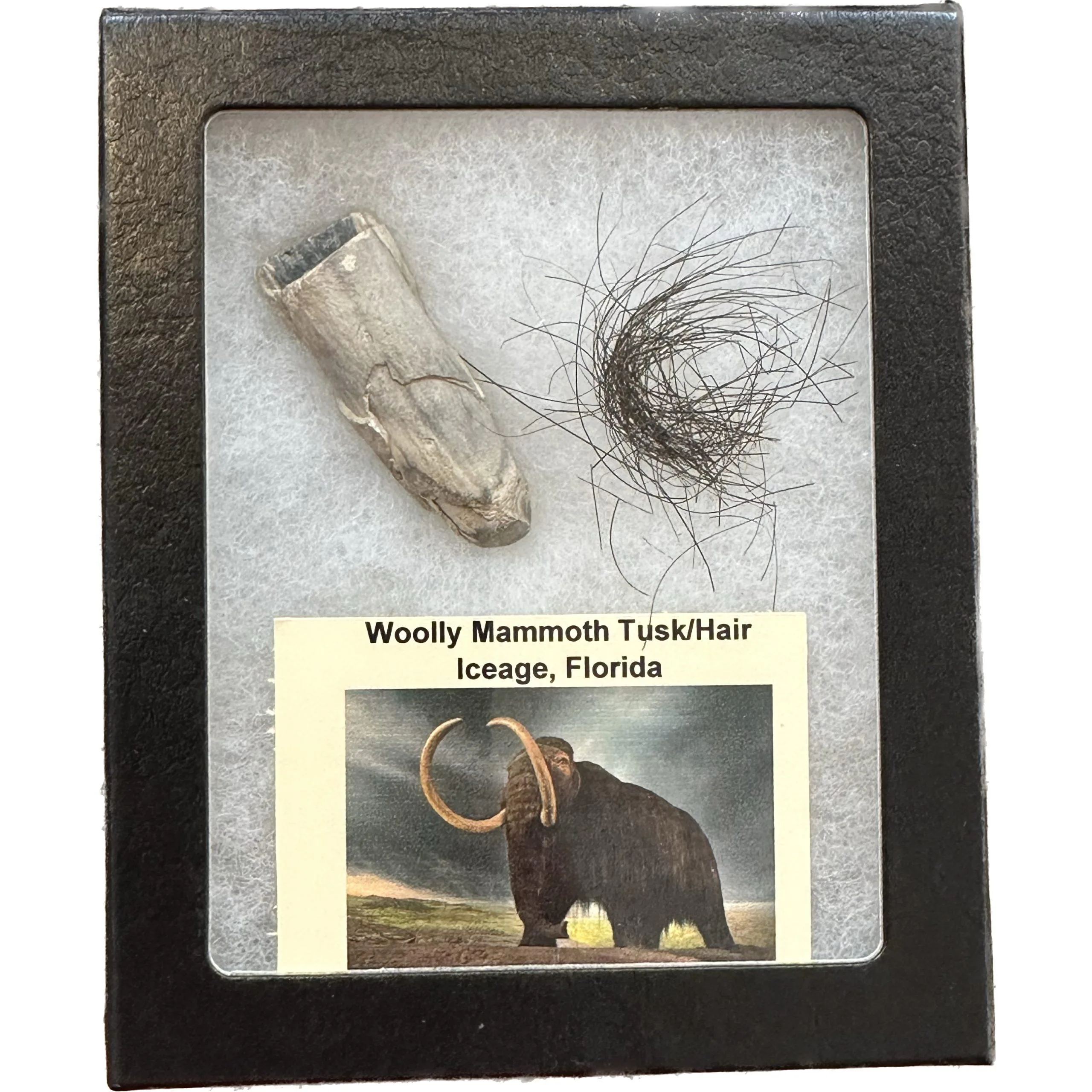
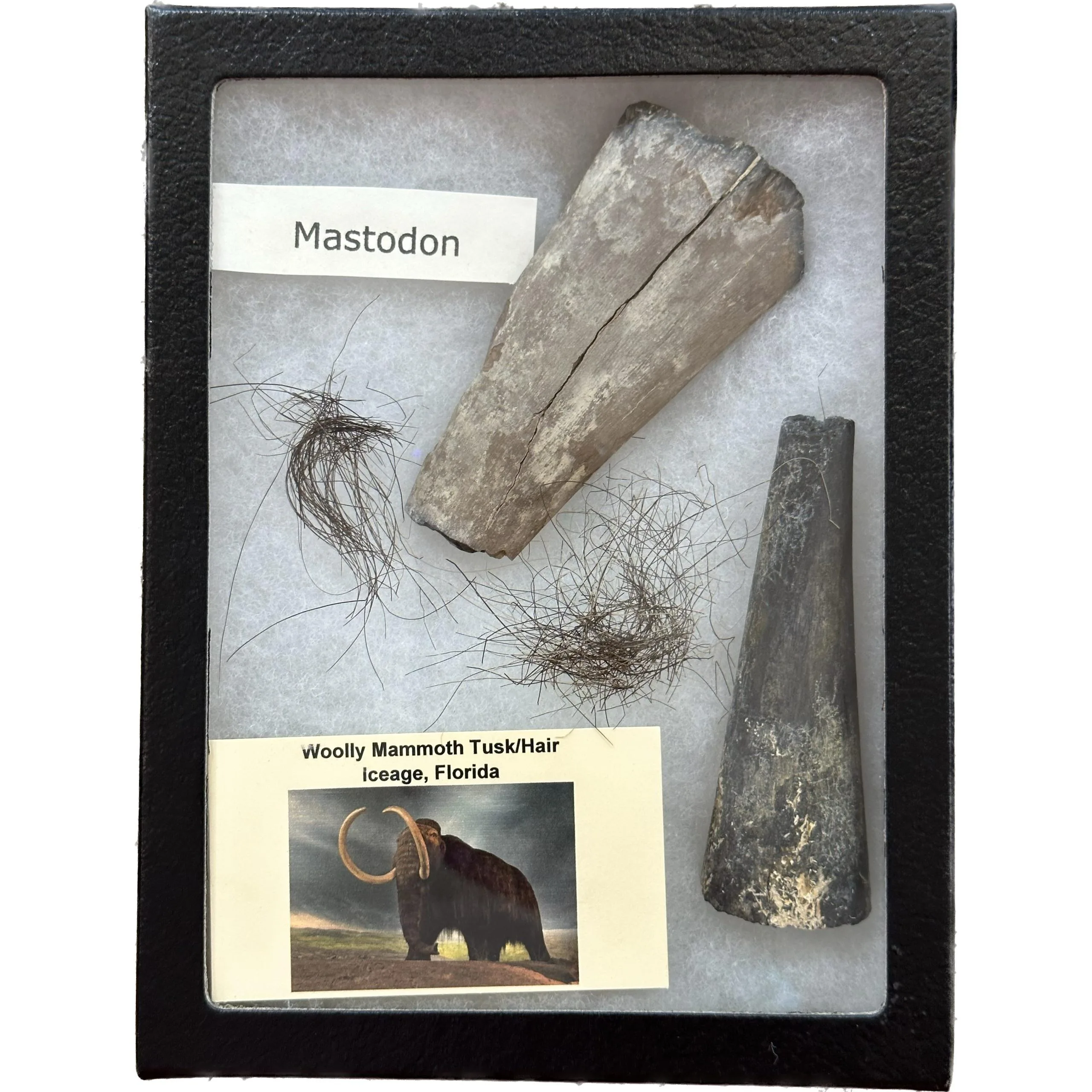
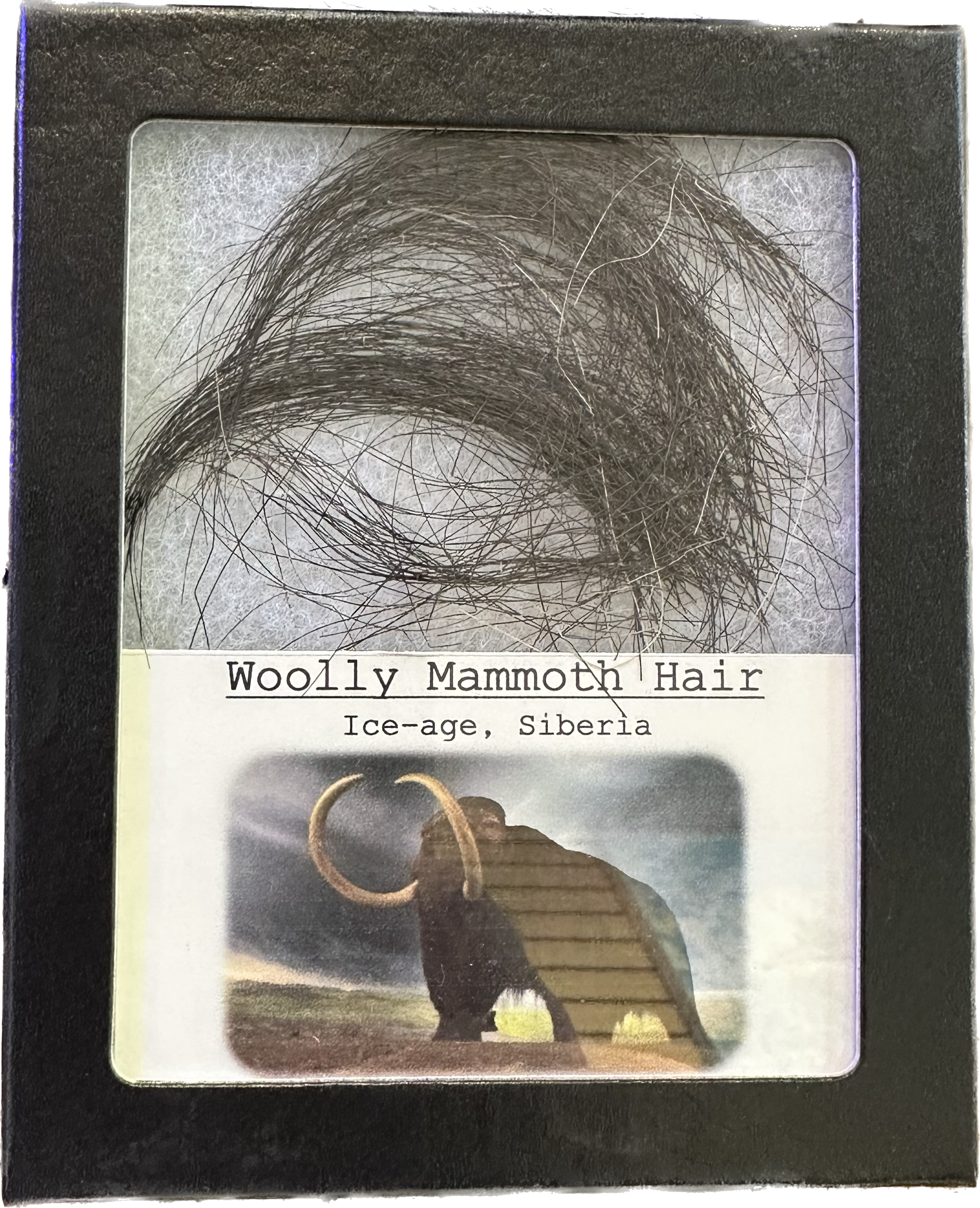
Reviews
There are no reviews yet.